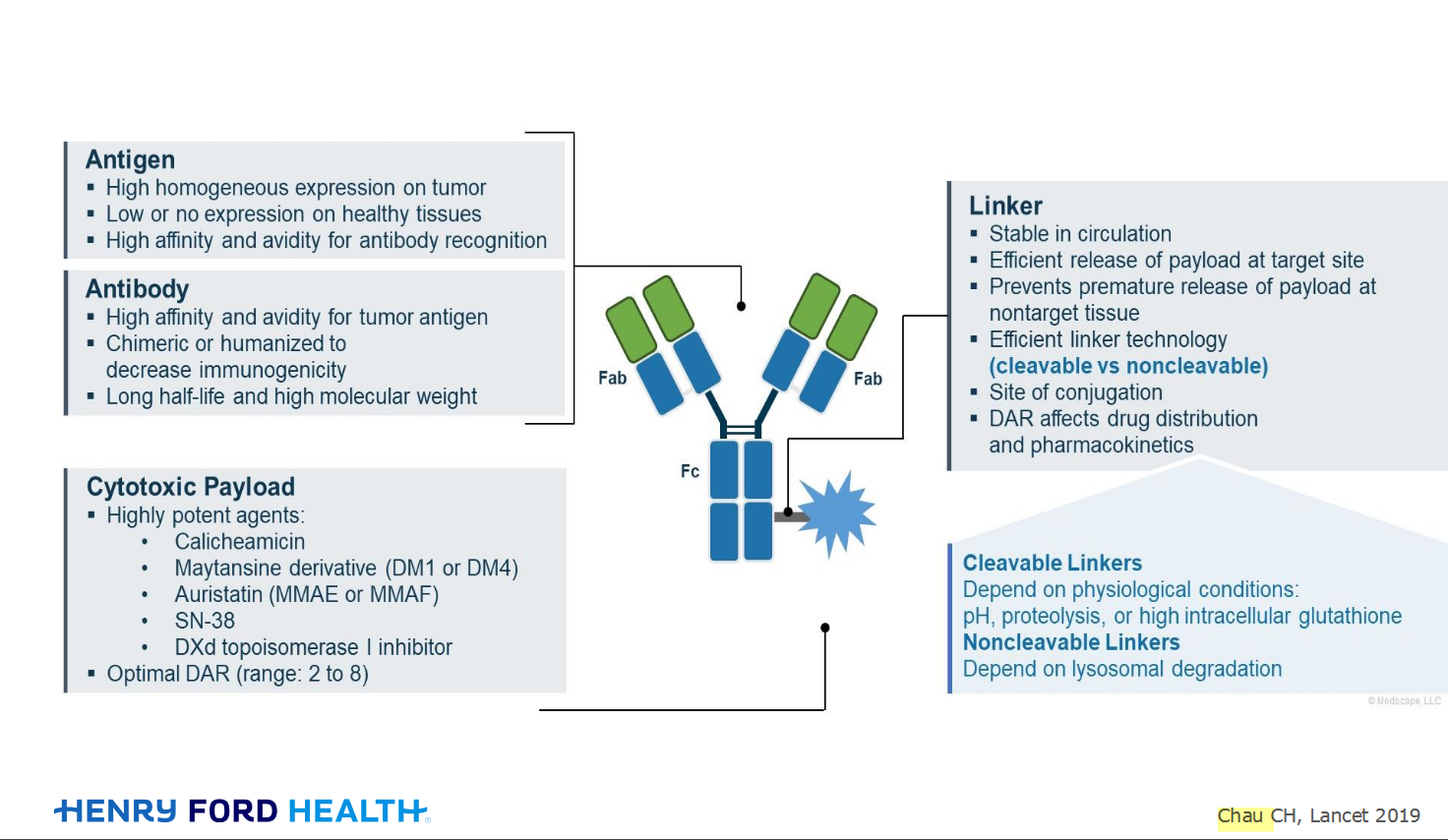Welcome!
Welcome to the new CancerGRACE.org! Explore our fresh look and improved features—take a quick tour to see what’s new.
For our 13th video in the GRACE Spanish Lung Cancer Library,  Dr. Brian Hunis, Medical Director, Head and Neck Cancer Program, Memorial Cancer Institute, Miami, Florida, joined GRACE to discuss the basics of Lung Cancer for Spanish-speaking patients and caregivers, in this video Dr. Hunis talks about lung cancer stages.
Dr. Brian Hunis, Medical Director, Head and Neck Cancer Program, Memorial Cancer Institute, Miami, Florida, joined GRACE to discuss the basics of Lung Cancer for Spanish-speaking patients and caregivers, in this video Dr. Hunis talks about lung cancer stages.
TRANSCRIPTS - Spanish and English
Las Etapas en el Cáncer de Pulmón
La clasificación en el cancer de pulmón está basada en el sistema TMN, T de tamaño o tumor, N de nódulos linfáticos y M de metástasis por si el tumor se ha ido a otras partes que no sea el pulmón.
El estadio I es el estadio inicial y más temprano, en donde el tumor está localizado en una sola parte pulmón y por lo general es tratado con cirugía o con un tipo específico de radioterapia y es con fines curativos.
Es estadio II es cuando ese tumor ha crecido significativamente y se ha expandido o evolucionado a ganglio linfático de la zona cercana al pulmón. Con lo cual todavía se puede operar, pero esos pacientes van a tener que recibir tratamiento después de la cirugía con quimioterapia y a veces hasta con radioterapia.
El estadio III son tumores que ya han llegado al mediastino, en la zona entremedia de los pulmones, en donde están los grandes vasos del corazón y por lo general esos son tumores que no pueden ser operados con fines curativos.
El estadio IV es cuando el cancer se ha regado o expandido a otras partes del cuerpo, como en cerebro, hígado, hueso o en las glándulas suprarrenales.
En cuando al cáncer de pulmón de células no pequeñas, hay otro tipo de división en donde también se puede usar el sistema TNM, pero también se usa el sistema llamado el cáncer de pulmón de células no pequeñas de estadio extensivo o limitado
El estadio limitado está localizado al pulmón y al mediastino y el estadio extensivo es cuando el cancer de pulmón se ha extendido a otras partes del cuerpo.
Lung Cancer Stages
The classification in lung cancer is based on the system TMN, T of tumor, N of lymph nodes and M of metastasis in case the tumor has expanded to other parts that are not the lung.
In stage I, which is the first stage, the tumor is localized in a single part of the lung and in general is treated with surgery or with a special type of radiotherapy with healing purposes.
The stage II is when the tumor has grown and has expanded or evolved to a lymph node close to the lung. In this cases, we can still remove it surgically, but they have to receive treatment after the surgery with chemotherapy or sometimes even with radiotherapy.
In stage III, the tumors have gone to the mediastinum, the middle part of the lungs where the great vessels are. In general, these tumors cannot be surgically removed with healing purposes.
The stage IV is when cancer has expanded to other parts of the body like the brain, live, bone or the adrenal glands.
In the non-small cell lung cancer there is another method to divide them, we can also use the TNM system, but there is the non-small cell lung cancer system divided in extensive or limited.
The limited stage is when it is located in the lung or mediastinum and the extensive stage is when the lung cancer has expanded to other parts of the body.
Please feel free to offer comments and raise questions in our
discussion forums.
Hi app.92, Welcome to Grace. I'm sorry this is late getting to you. And more sorry your mum is going through this. It's possible this isn't a pancoast tumor even though...
A Brief Tornado. I love the analogy Dr. Antonoff gave us to describe her presentation. I felt it earlier too and am looking forward to going back for deeper dive.
Dr. Singhi's reprise on appropriate treatment, "Right patient, right time, right team".
While Dr. Ryckman described radiation oncology as "the perfect blend of nerd skills and empathy".
I hope any...
My understanding of ADCs is very basic. I plan to study Dr. Rous’ discussion to broaden that understanding.

Here's the webinar on YouTube. It begins with the agenda. Note the link is a playlist, which will be populated with shorts from the webinar on specific topics
An antibody–drug conjugate (ADC) works a bit like a Trojan horse. It has three main components:

Welcome to the new CancerGRACE.org! Explore our fresh look and improved features—take a quick tour to see what’s new.